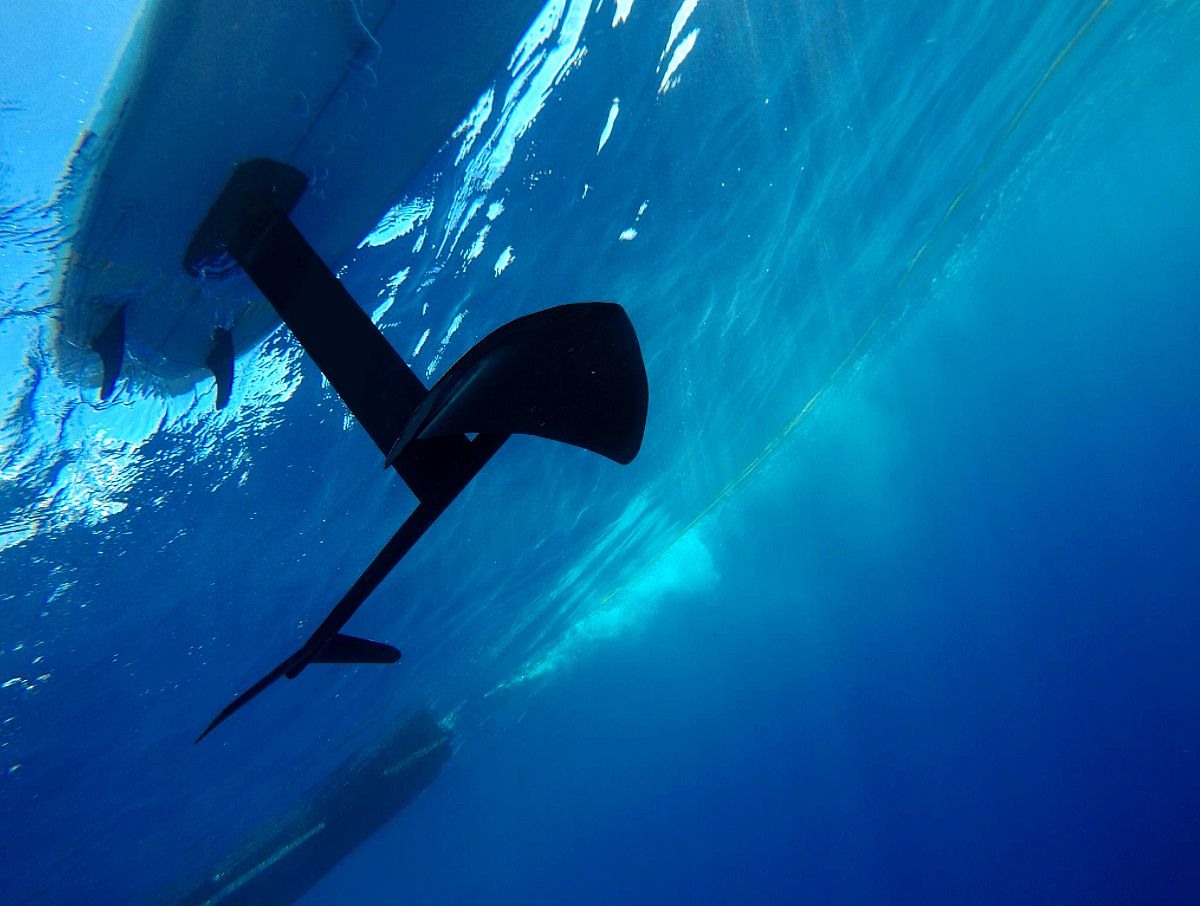For the welding of steel/aluminum metal, the solid solution between the two is very low, the physical and chemical properties are quite different, and it is easy to react to form Fe-Al brittle intermetallic compound, which seriously affects the mechanical properties of the welded joint. . However, for the multi-material structure of the automobile body, the connection welding of two different types of materials such as steel/aluminum and cast iron/aluminum is unavoidable. Steel/aluminum is welded by pressure welding methods such as friction welding, ultrasonic welding, diffusion welding and cold pressure welding to obtain a good welded joint, but the common disadvantage of these methods is that the shape of the weldment is limited. Compared with conventional fusion welding, laser welding uses laser beam as welding heat source, which has high energy density, small heat input, heat concentration, easy control of heat source, large depth-to-width ratio of weld, narrow heat affected zone, small welding deformation and high efficiency. High automation and many other advantages. However, experiments have shown that solving the brittleness of Fe-Al intermetallic compounds in the weld zone is a major difficulty in steel/aluminum laser welding.
Recently, Hunan University added Zr powder to laser welding. By changing the element distribution, phase composition and microstructure of steel/aluminum interface, high-quality steel/aluminum welded joints were obtained, which is the application of steel/aluminum laser welding technology in the automotive industry. Opened a new direction of development.
They chose Zr as the additive powder and used a fiber laser to perform laser lap welding tests on 1.4 mm thick DC51D+ZF galvanized steel and 1.2 mm thick 6016 aluminum alloy flat specimens. The galvanized steel is laser-welded with 6016 aluminum alloy with a laser power of 1800 W, a welding speed of 50 mm/s, a defocusing amount of +2.0 mm, a protective gas of Ar, and a flow rate of 20 L/min.
The test shows that there is a lot of acicular substances in the steel/aluminum interfacial layer in the sample without Zr powder. Some acicular substances are broken on the interface layer, free and free to nucleate, forming a new branch-like substance. The main composition is Fe-Al brittle intermetallic compound formed by Fe or Al element in a ratio of 1:1 or 1:3. In the samples with Zr powder added under the same welding process conditions, the weld pool has good shape, suitable for high residual, no obvious defects such as pores and cracks. Compared with samples without added powder, the microstructure of the weld is fine and uniform, steel/ The aluminum interface layer is free of acicular substances of Fe-Al brittle intermetallic compounds composed of Fe and Al elements. The weld heat affected zone is small after adding Zr to the weld zone where no powder is added. X-ray diffraction analysis showed that the sample added with Zr powder did not form Fe-Al brittle intermetallic compound, but formed a new phase ZrFe3.3Al1.3. It can be seen that the ZrFe3.3Al1.3 ductile phase inhibits the formation of Fe-Al brittle intermetallic compounds. Therefore, the addition of Zr can significantly improve the mechanical properties of steel/aluminum welded joints.
The shear strength test of the welded samples showed that the average shear strength of the samples without added powder was 34.53 MPa; the average shear strength of the samples with Zr powder was 43.88 MPa, and the average shear strength of the welded joints increased significantly. The samples with no powder added showed a river-like pattern and the steel/aluminum samples exhibited typical brittle fracture characteristics. A sample of Zr powder was added, and the microscopic morphology contained a micro-dimple, which showed a mixed fracture characteristic.
In short, the addition of Zr powder to steel-aluminum laser welding not only refines the grains, but also forms a tough phase with Zr and Al and Fe, inhibits the formation of Fe-Al brittle intermetallic compounds, and thus significantly improves the steel/aluminum welded joint. Mechanical properties.
Hydrofoil kite boards have exploded onto kitesurfing scene. Once you get up to speed, the hydrofoil attached under the board will lift the whole board off the water and keep riding only on the foil.
The Foil, is in its new generation and is more refined than ever before, great for speed, control, carving, and smooth freeriding. The new foil shape is much cleaner than previous generations and is a favorite from surfers, to racers and soul searchers for its ability to cross. It reduces friction and drag, faster and smoother than anything you`ve experienced before.
This makes foil kiteboards faster and better in light winds than all other kite boards because they have less drag.

Foil For Kiteboard,Hydrofoil Kiteboard,Foil Kiteboard,Foil Kiteboard For Kitesurfing,Hydrofoil For Kitesurfing,Kiteboard Hydro Foil
Huizhou Melors Plastic Products Factory , https://www.melorsfoam.com